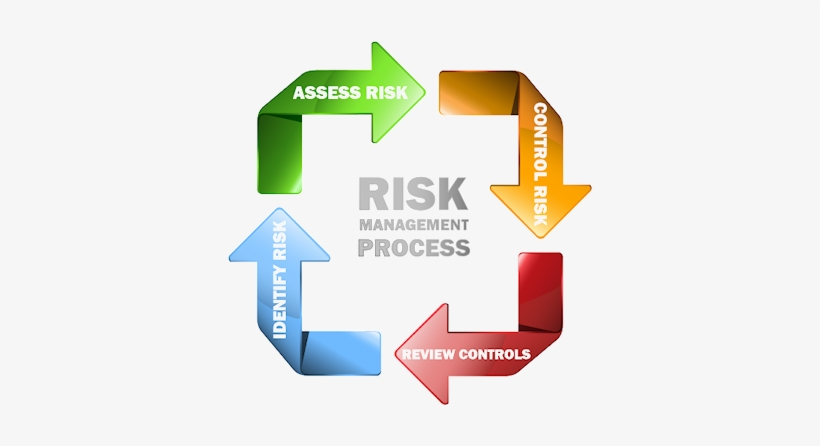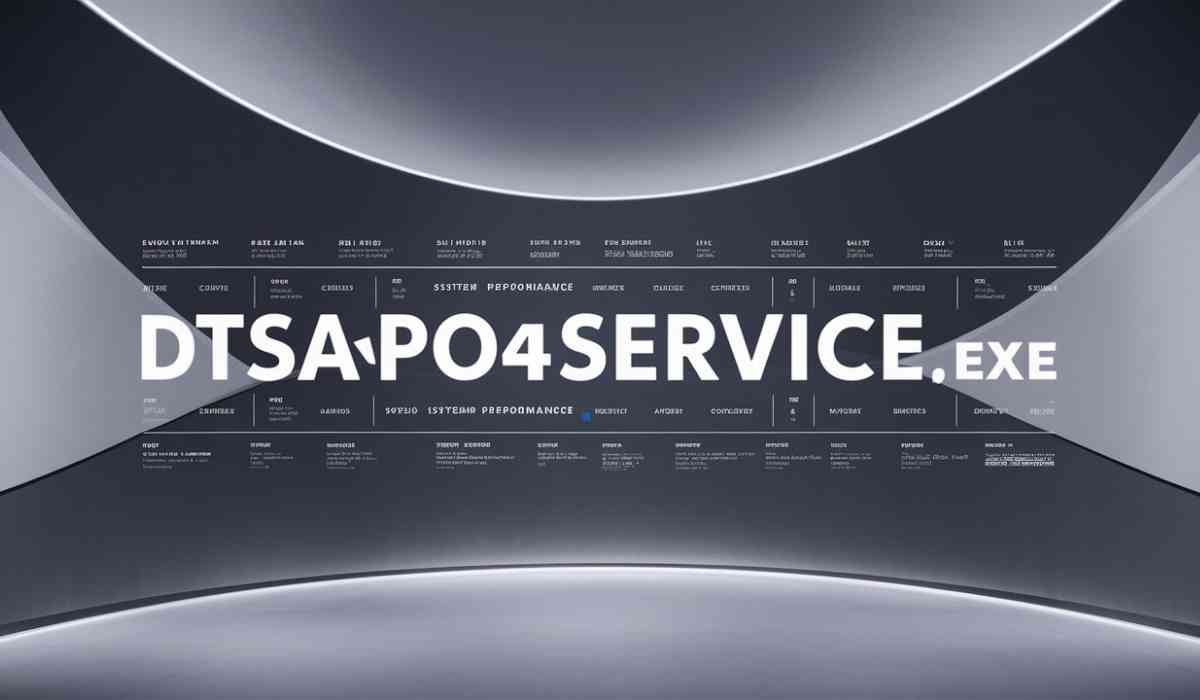Businesses of all types benefit from periodic assessments to identify potential hazards, assess the effectiveness of safety measures and ensure compliance with evolving safety regulations. The more people that get involved in auditing workplaces for safety issues, the safer the business will be. While managing safety is essential, it comes with its set of challenges. Let’s explore how HIRA helps in making a safer workplace with the HSE management system.
What is HIRA?
Hazard Identification and Risk Assessment also knows HIRA is a process of identification of undesired events that lead to the materialization of the hazard and the mechanism by which those undesired events could occur. Hazard identification and risk assessment are essential for creating a safer workplace and protecting employees from preventable injuries and illnesses. HIRA hepls in best practices for identifying potential risks, assessing their severity, and taking proactive steps to ensure safety. From recognizing hidden hazards to investigating near misses, it covers everything needed to implement an effective safety and health. Whether dealing with chemical exposures, emergency scenarios, or common slip-and-fall risks. HIRA with HSE management system emphasizes practical strategies that can be applied in any workplace to prioritize health and safety.

How does HIRA Contribute to a Safer Workplace?
Safety management isn’t just a legal requirement, it’s the foundation for a thriving and responsible business.
1. Risk Assessment- The cornerstone of safety management is conducting thorough risk assessments. Regardless of your business, identifying potential hazards and assessing the level of risk they pose is paramount. Whatever your business, understanding and mitigating risk not only ensures compliance with regulations but also creates a safer workplace. Risk assessments need to consider the hazards associated with tasks and work areas who might be harmed and what actions need to be taken to reduce the level of risk. If your business employs five people or more, these risk assessments need to be documented.
2. Employee Training- In businesses, investing in comprehensive safety training for your team is non-negotiable. Whether you’re running a garage or a creative agency, providing the knowledge and skills to deal with potential risks ensures that your workforce can confidently contribute to maintaining a secure environment. It’s about empowering your team to be safety-conscious in their daily tasks. Training people on topics such as spotting near misses, how to follow safety guidance and safe systems of work, as well as specific training on assessing particular risks will help the whole business develop a stronger safety culture.
3. Safety Policies and Procedures- Establishing clear safety policies and procedures is essential. These documents serve as a roadmap for employees outlining expectations and processes to follow. From emergency procedures to daily safety practices, having well-defined policies ensures that everyone in your business is on the same page.
4. Creating a Safety Culture- Regardless of your business size, enhancing a safety-first culture is paramount. It’s about instilling a mindset where every employee actively contributes to maintaining a secure environment. Whether you’re managing a small local eatery or a software development team, making safety a priority improves overall well-being and productivity. When everyone understands that safety is an absolute priority for the business, they will all help to ensure that unsafe practices are not accepted. This will positively impact all people involved in your business, including employees, visitors and customers.
In a dynamic business landscape, HIRA contributions to the HSE management system adapt to the specific needs of your operations. Your employees should be made aware of the policies and procedures so that they can help you implement and comply with their requirements.

Effectiveness of Roles and Responsibilities to Health and Safety Management
The impact of effective role allocation, accountability, and communication in creating a safer and healthier work environment are as follows-
- Clear Assignment of Roles- Roles and responsibilities related to health and safety management were defined and allocated among individual staff, ensuring clarity and accountability.
- Designation of Competent Personnel- Designated individuals responsible for health and safety management. Indicate a proactive approach to ensuring the presence of knowledgeable and qualified individuals and relevant roles.
- Site Supervisor’s Responsibility- The site supervisor’s role includes overseeing health and safety practices, ensuring compliance with regulations, and providing guidance to workers, which indicates a direct focus on maintaining a safe work environment.
- Training and Education- Employees were trained on health and safety procedures, reflecting a commitment to equipping staff members with the necessary knowledge and skills to identify risks effectively.
- Emergency Response Responsibilities- Roles and responsibilities included actions to be taken in case of emergencies, such as evacuations or first aid provision, highlighting a preparedness approach to health and safety incidents.
- Regular Inspections and Monitoring- Regular inspections were conducted to identify potential hazards and monitor compliance with health and safety protocols, indicating a proactive approach to risk management.
- Reporting and Incident Response- The clear assignment of responsibilities for reporting accidents or near misses demonstrates a commitment to prompt response and investigation, fostering a culture of incident reporting and continuous improvement.
- Contractors’ Responsibilities- Contractors were responsible for ensuring their employee adherence to health and safety rules, reflecting an understanding of shared responsibilities in maintaining a safe working environment.
- Communication and Cooperation- The effective distribution of roles and responsibilities allows for better communication and collaboration among team members, facilitates the exchange of health and safety information, and fosters a culture of collaboration.
- Equipment Maintenance Responsibilities- Add designated responsibilities for equipment maintenance, indicating a proactive approach to preventing accidents and ensuring the safe operation of machinery.
- Regular Review and Updates- An effective approach to rules and responsibilities includes periodic reviews and updates to adapt to changing circumstances and ensure the relevance and effectiveness of health and safety management practices.
- Ownership of Safety Culture- Effective roles and responsibilities promote a sense of ownership and accountability for health and safety among all staff members, fostering a positive safety culture where everyone actively contributes to maintaining a safe workplace environment.
HIRA encourages disciplines that enable organizations to manage risk and comply with legislation. It helps create and maintain a safe and healthy working environment for working environment for workers, visitors and anyone affected by your organization’s activities. It enhances the importance of HIRA and promotes communication between workers and management to help improve the health and safety culture within the workplace.
Conclusion
Effective management is the key to reducing the number and severity of workplace injuries and illnesses. Safe work procedure is a step by step process that guides a work man through a task from start to finish in a chronological order. The objective is to provide a safe and healthy workplace for workers and persons under a organization’s control and to continue improving those standards. Whether addressing hazard identification or emergency response, businesses gain essential insights to mitigate workplace risks effectively.









